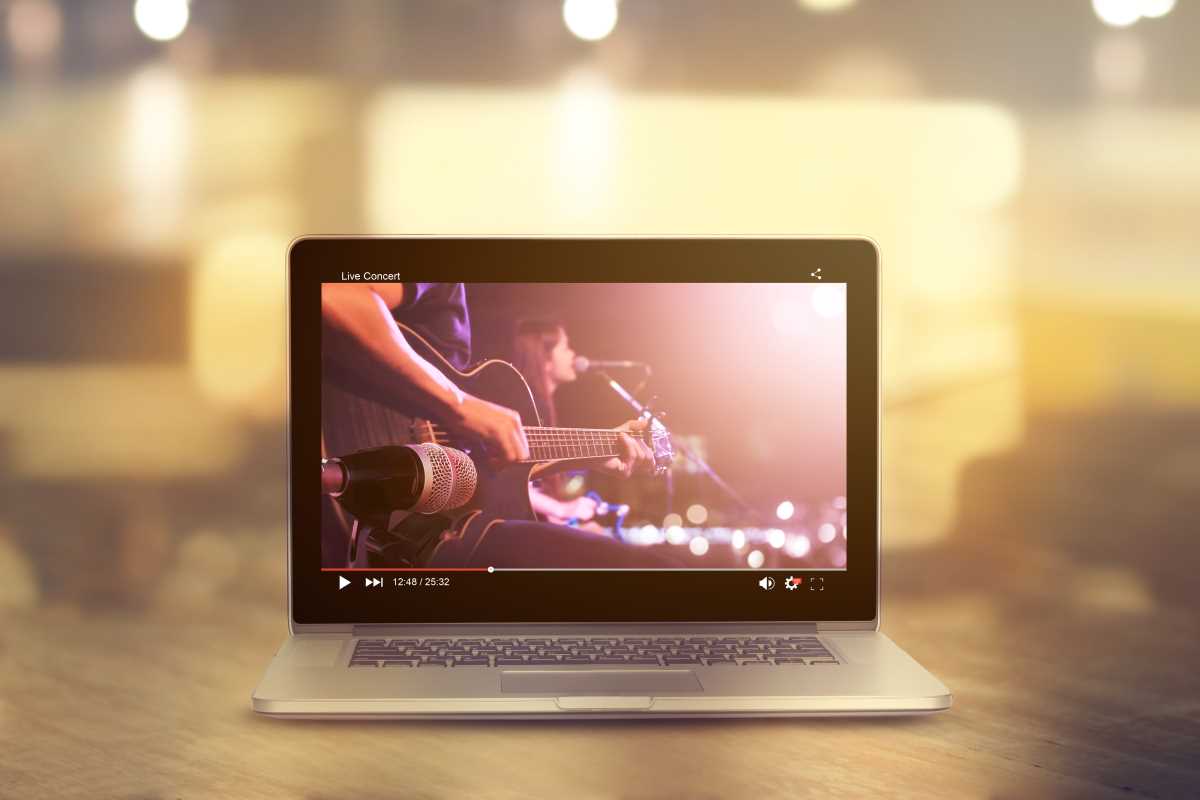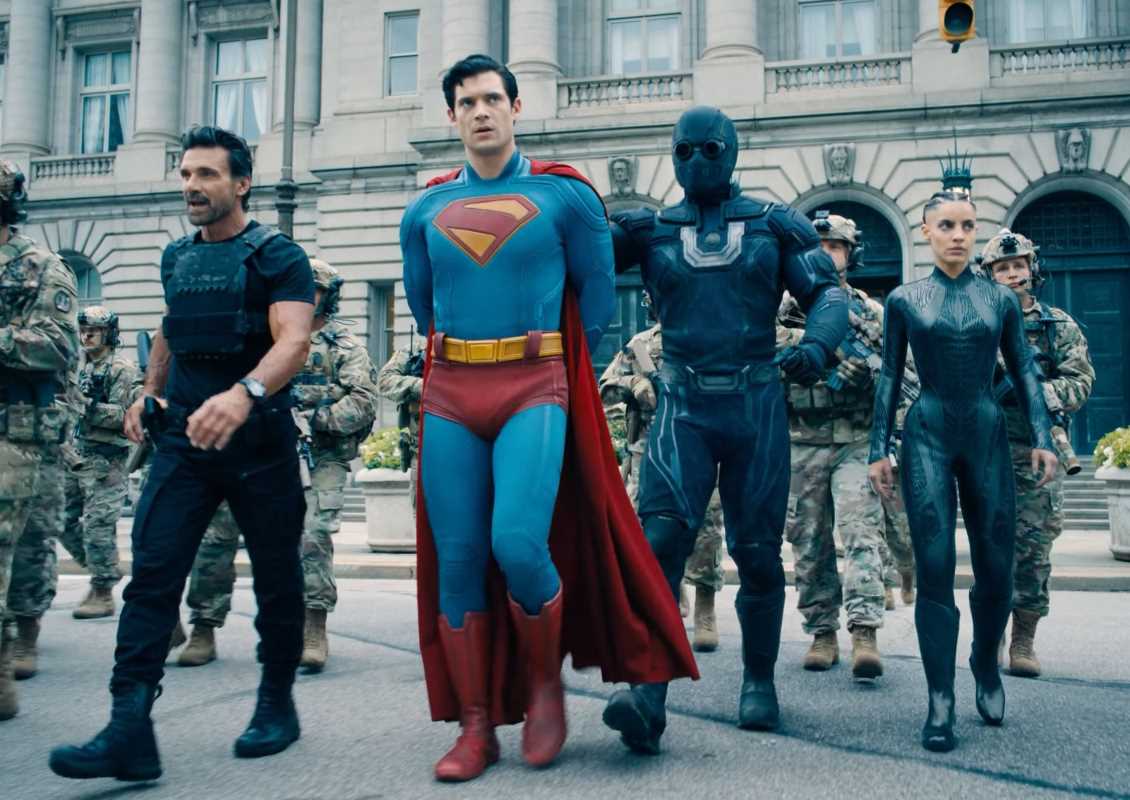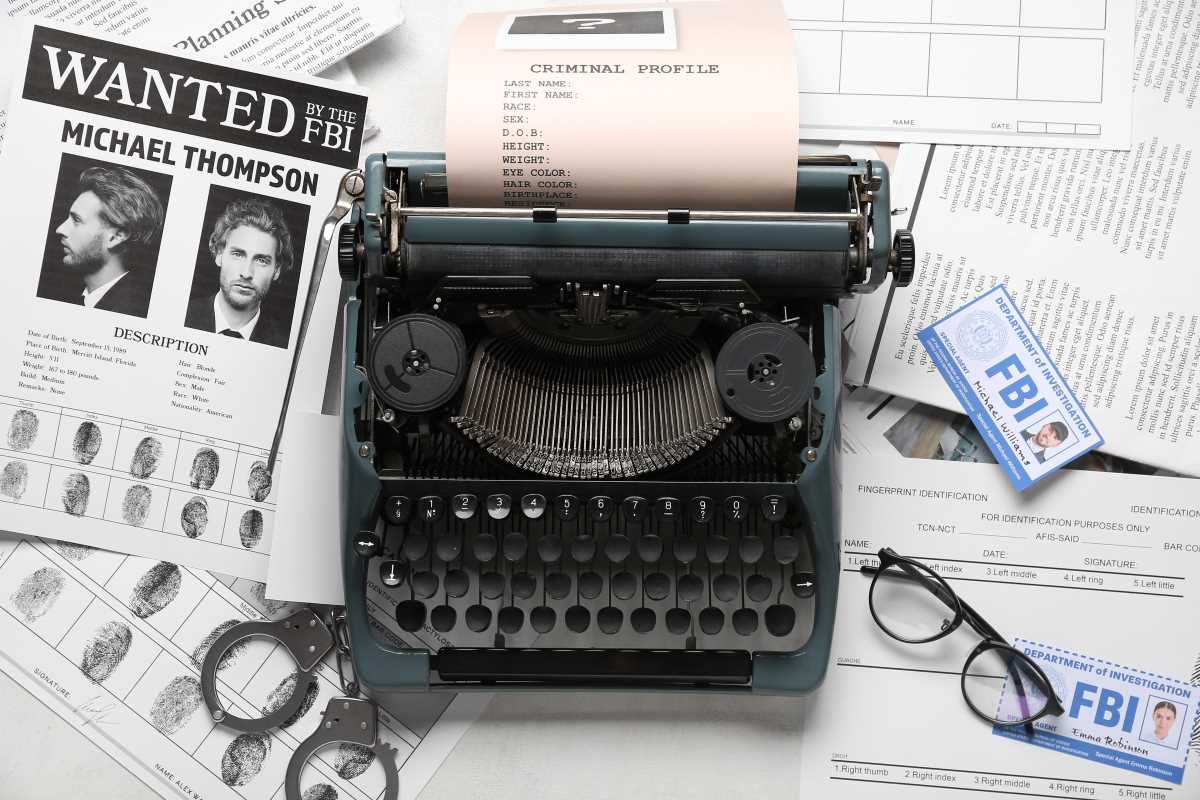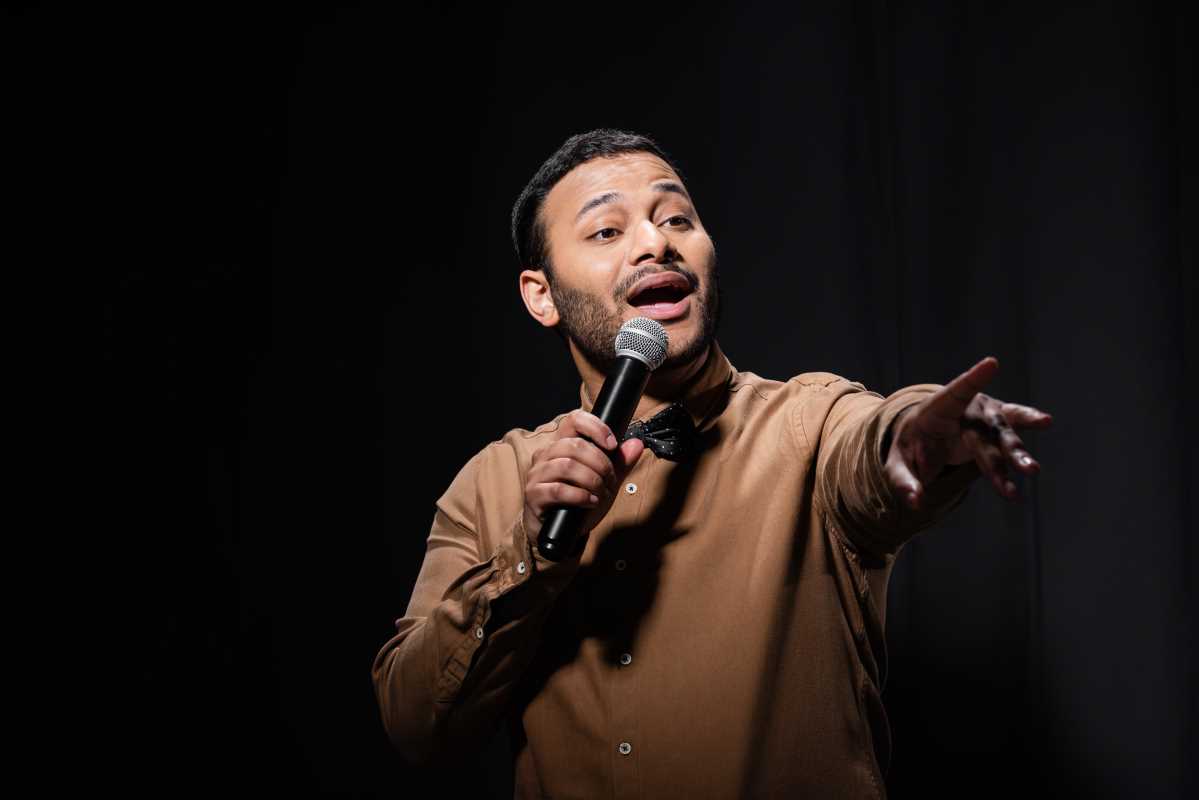Music videos have always been more than just eye-catching visuals paired with catchy tunes. For decades, these short films have served as creative portals where artists share their stories, emotions, and messages. Over time, music videos have evolved into powerful tools for something much greater than promoting an album or a single. They’ve become platforms for raising awareness about human rights issues.
Whether it’s about fighting for equality, challenging injustice, or shining a light on underrepresented communities, many music videos serve as calls to action, inspiring millions to think critically and take steps toward change. But how did music videos transition from being mostly about entertainment to powerful vehicles for activism? And what makes them so effective at delivering human rights messages?
The Roots of Activism in Music Videos
Since its early days, music has been connected to social movements. But the rise of televised music videos in the 1980s gave artists a new way to amplify their messages. Music videos weren’t just about creating visuals that matched a song's mood. They became a way for artists to visually express their beliefs and comment on the social and political issues of the time.
The Rise of MTV
When MTV launched in 1981, it revolutionized how people consumed music. Suddenly, artists could connect with fans through their voices and visuals. Many saw this new platform as an opportunity to bring awareness to causes they cared deeply about.
For instance, in 1985, the iconic “We Are the World” video showcased dozens of artists coming together to raise money and awareness for famine relief in Africa. The video focused on the collective power of humanity and gave fans a direct look at the compassion behind the music. This marked one of the early moments when music videos directly addressed a global human rights crisis.
Social Commentary in the 1990s
By the 1990s, artists were increasingly using their videos to tackle deeper issues. Songs like Michael Jackson’s “Black or White” highlighted themes of racial unity, while TLC’s “Waterfalls” addressed issues like HIV/AIDS and drug addiction. These videos entertained and educated audiences, leaving emotional and thought-provoking impressions.
Why Music Videos Are Effective for Human Rights Messaging
Music videos work as a catalyst for change because they’re unique in the way they engage multiple senses. By blending a gripping beat with rich visuals, they make complex or emotional topics easier to understand. But there’s more to their effectiveness than great production values.
They Reach Massive Audiences
Thanks to platforms like YouTube and social media, music videos can be shared and viewed by millions of people in just a matter of hours. Artists with global followings can use their reach to amplify their messages on topics like mental health, LGBTQ+ rights, or environmental justice.
For example, in 2017, rapper Logic released the song “1-800-273-8255,” featuring a music video that tackled suicide prevention. The song is named after a suicide hotline, and its video followed the story of a young person struggling with their identity. After the release, the hotline saw an increase in call volume, showing how impactful the video was in changing lives.
They Combine Emotion with Stories
Music videos tap into storytelling. Rather than presenting facts or statistics, artists use narratives that allow viewers to connect on a human level. A well-told story, paired with music, can get people to feel compassion and empathy in a way that pure data often fails to achieve.
Take Childish Gambino’s “This Is America” as an example. The video’s striking visuals, which juxtapose chaos and violence with moments of entertainment, sparked intense public discussions about race, gun violence, and systemic oppression in America. The imagery was so compelling that people paused and analyzed every frame.
They Break Barriers with Art
Some human rights issues are difficult for people to discuss openly. Music videos can bypass this discomfort by framing these conversations through art. When viewers engage with a video, they can reflect on the issue at hand without feeling attacked or judged.
For instance, Beyoncé’s “Formation” addressed police brutality, cultural pride, and feminism while grounding its message in stunning visuals of Southern Black culture. Through artistry, Beyoncé sparked conversations about deeply rooted social issues without delivering the message in an overly didactic way.
Iconic Music Videos with Human Rights Messages
Over the years, many artists have created unforgettable videos that confront human rights issues directly. These pieces do more than entertain; they encourage action, spark debate, and shift perspectives.
“Where Is the Love?” by The Black Eyed Peas
This 2003 hit tackled a wide range of societal issues, from terrorism to racial violence to inequality. The music video emphasized the song’s urgent message with images of protests, children in despair, and powerful symbols like giant question marks over major cities. Nearly two decades later, the song and video remain relevant, serving as a reminder of the work still needed in creating a kinder, fairer world.
“Same Love” by Macklemore & Ryan Lewis
Released in 2012, “Same Love” became an anthem for LGBTQ+ equality. The music video focused on the life of a gay man, from childhood to adulthood, and his battles with discrimination and self-acceptance. It’s a beautifully presented narrative that helped normalize LGBTQ+ love stories in popular media.
“Earth” by Lil Dicky
This animated comedic take on climate awareness combined humor with powerful messaging. Featuring a star-studded cast of voices like Ariana Grande and Leonardo DiCaprio, the video spread an environmental message to younger audiences. Its visuals and tongue-in-cheek humor made it accessible, inspiring viewers to care about the planet.
“Freedom” by Pharrell Williams
Pharrell’s 2015 track “Freedom” was accompanied by visuals that celebrated resilience in the face of oppression. The video featured shots of factory workers, enslaved laborers, and children living in poverty, juxtaposed with messages of liberation and empowerment. The universal appeal of the song and video made it a global anthem for liberation and hope.
The Future of Human Rights Messaging in Music Videos
The trend of using music platforms for activism shows no signs of slowing down. Today, the internet has made it easier for independent artists, not just global superstars, to create music videos that shine a light on pressing issues. Virtual reality and AI are also opening up new ways for music to immerse people deeper into these topics.
Social movements like #MeToo, Black Lives Matter, and climate activism have inspired a wave of music that confronts these issues head-on. People crave authenticity, and music videos are a natural outlet for artists who want to connect with fans while making meaningful statements.
What We Can Learn from Music Videos
Music videos remind us of art's power to shift hearts and minds. These videos are proof that spreading awareness doesn’t have to be boring, preachy, or intimidating. Creativity, storytelling, and empathy are powerful tools for change.
By supporting artists who use their music and visuals to champion important causes, we amplify their impact. Watching, sharing, and reflecting on these videos helps elevate conversations about the challenges we face as a society.
 (Image via
(Image via





